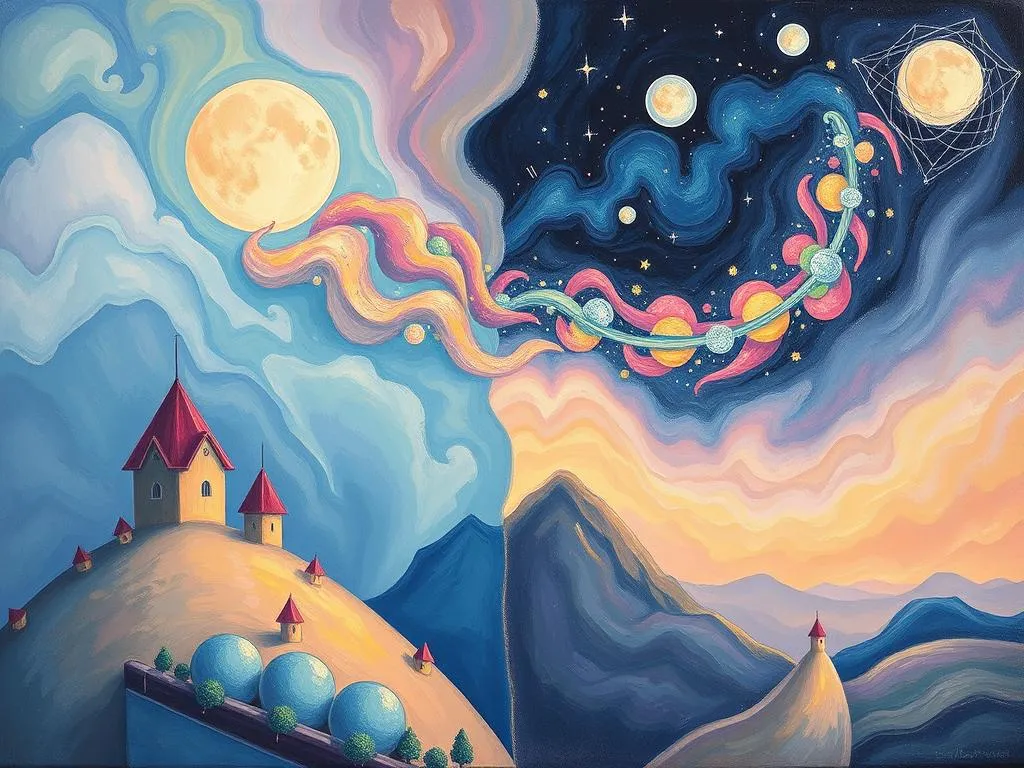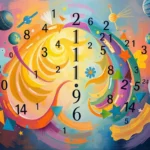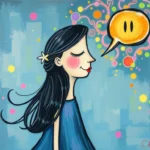
Introduction
Dreams have long fascinated humanity, serving as a bridge between our conscious experiences and our subconscious mind. Among the myriad themes that emerge in our nocturnal wanderings, the juxtaposition of day and night stands out as a powerful symbol of the passage of time and the complexities of our emotional landscapes. This theme resonates deeply with people, as it reflects the duality of existence—light and dark, clarity and confusion, hope and despair. Exploring the significance of day and night in dreams can not only illuminate our inner thoughts but also provide insights into our waking lives, making it a topic worth delving into.
Symbolism and Meaning
When examining day and night in dreams, it is essential to consider the symbolism associated with each. Day often represents clarity, enlightenment, and activity. It is a time when our minds are alert, and our spirits are high. Conversely, night embodies the unknown, introspection, and sometimes fear. It can represent the unconscious mind, where our deepest fears and desires lie hidden away from the light.
The transition between day and night within a dream can signify a transformation or a significant change in one’s life. For instance, moving from a bright, sunlit environment into a shadowy, moonlit landscape may symbolize a shift from an optimistic phase to one of uncertainty. This can reflect real-life situations where an individual is facing challenges or decisions that provoke anxiety or self-doubt.
Different cultures and belief systems also add layers of meaning to these symbols. In some traditions, daytime is associated with positivity and growth, while nighttime can be linked to spiritual journeys and self-discovery. The sun can symbolize the conscious self and its desires, while the moon often represents the subconscious, intuition, and emotional depth. By analyzing these symbols, dreamers can gain a broader understanding of their personal experiences and emotional states.
Key Scenarios and Variations
The context in which day and night appear in dreams can dramatically alter their interpretations. For instance, a dream featuring a bright, sunlit landscape might evoke feelings of joy, freedom, and optimism. In contrast, a dream set in a dark, ominous night could conjure feelings of fear, uncertainty, or introspection.
Consider a scenario where someone dreams of walking along a beach at sunrise. This dream could symbolize a new beginning or a fresh start in life, as dawn represents hope and renewal. On the flip side, if the same individual dreams of wandering a deserted street under a starless sky, this could indicate feelings of isolation or a struggle to find direction. The stark contrast between these two scenarios highlights how the same symbols can convey vastly different meanings based on their context.
Another variation could involve the presence of other elements in the dream, such as weather conditions. A sunny day with a clear sky may signify optimism, while a stormy night could represent turmoil or unresolved issues. The inclusion of other characters or animals also plays a significant role. For instance, dreaming of a friend during daylight can embody support and companionship, while encountering a shadowy figure at night may symbolize unresolved fears or inner conflicts.
Additionally, the emotional tone of the dream is essential in deciphering its meaning. A dreamer feeling content and at peace during the day may be experiencing a period of growth and fulfillment, while feelings of anxiety or dread during the night can point to deeper issues that need addressing.
Real-Life Connections and Takeaways
To fully appreciate the insights gleaned from dreams of day and night, it is crucial for individuals to draw connections to their real-life experiences. Reflecting on these dreams can help uncover patterns, emotional states, and unresolved conflicts that may be influencing their waking lives.
For example, if someone frequently dreams of a bright day filled with laughter but then contrasts it with a recurring dream of darkness or despair, this could indicate an internal struggle between their perceived happiness and underlying issues that need attention. Perhaps there are aspects of their life that require acknowledgment, such as stress at work or strained relationships.
To facilitate this self-reflection, individuals can keep a dream journal, noting the details of their dreams, their emotional responses, and any connections to their waking life. This practice can help illuminate recurring themes and patterns, serving as a valuable tool for personal growth and understanding.
Moreover, engaging in mindfulness practices can aid in processing these dreams. Techniques such as meditation or visualization can help individuals confront their fears associated with the night and embrace the hope symbolized by the day. By consciously working through these emotions, dreamers can foster a sense of balance between their light and dark experiences, leading to greater emotional resilience.
In conclusion, the exploration of day and night in dreams offers a profound opportunity for self-discovery and reflection. By understanding the symbolism and variations of these dreams, individuals can better navigate their emotional landscapes and connect with their innermost thoughts and desires. As you ponder your own dreams, consider how the passage of time—through the lens of day and night—represents your journey, illuminating the path to self-awareness and personal growth. Reflect on the moments of clarity that bring you joy, as well as the shadows that may be holding you back, and embrace the wisdom that lies within your dreams.







